With the massive increase in prices due to inflation, one place is often overlooked, the art supply store. The price of art supplies has increased largely over the past decades and this has undeniably changed the art world. According to the Art Basel and UBS Survey of Global Collecting in 2023, global art sales continued to rise in 2023, reaching a record height after pre-pandemic levels at $67.8 billion spent on art supplies per year.
With this massive expense, many people have had to find solutions to create art with a low budget. One of these people is Chloe Attia, an FHS sophomore. Like many others, Attia buys art supplies sparingly, most commonly on special occasions.
“I buy art supplies mostly when I’m on vacation, especially in France at the art stores there,” Attia said.
The cost of art supplies has been steadily increasing for the past few years, making it harder for artists to create works and experiment. Like Attia, many have come up with other solutions for this problem. Many have switched to creating art digitally or with worse quality supplies, with the latter happening here at FHS.
FHS art teacher, Justin Holthouse, maximizes many different efforts to get the supplies and materials he needs for his students. Through the money given to the art department by budgets, donations and outside means, the FHS art department still has to budget carefully and wisely to do their jobs.
“We try to work it out by budgeting,” Holthouse said. “We also look for things and supplies that cost less money or things that can be used over and over again.”
Another hard part of making art with certain supplies is the difficulty of making supplies last. With many art pieces, one might need several of the same material to complete the project. This is a very common problem for artists, and one that happens often to Attia.
“Sometimes I have to use three of the same material for one project, and when that material is X amount apiece and I need three or four, that can add up to a very large amount [of money] in the end,” Attia said.
Many artists also focus on the possibility of making supplies last longer than one project. Holthouse, when looking for art materials for his class, purchases materials, some of worse quality, but that can still last a long time, like Crayola colored pencils.
“In the classroom, I can see the cost of materials affecting the students cause sometimes we have to think about the quality of materials,” Holthouse said. “As far as art is concerned, you can use them, but the quality of them for art isn’t that good. That can have a negative impact for students.”
With the troubling increase in expenses, many wonder what it would be like if artists did not have this problem. If art supplies were cheaper and easier to access, the art world may be different.
“I think a lot more people would be doing art,” Attia agreed. “People would be a lot more creative and people wouldn’t have this monetary barrier to creating art. I think this would make the art world more vast and inclusive.”
With the expenses and barriers artists face, there is no doubt that this would change the art world forever. But luckily, artists have found more creative solutions to this problem so that everyone can still experience the beauty of art.


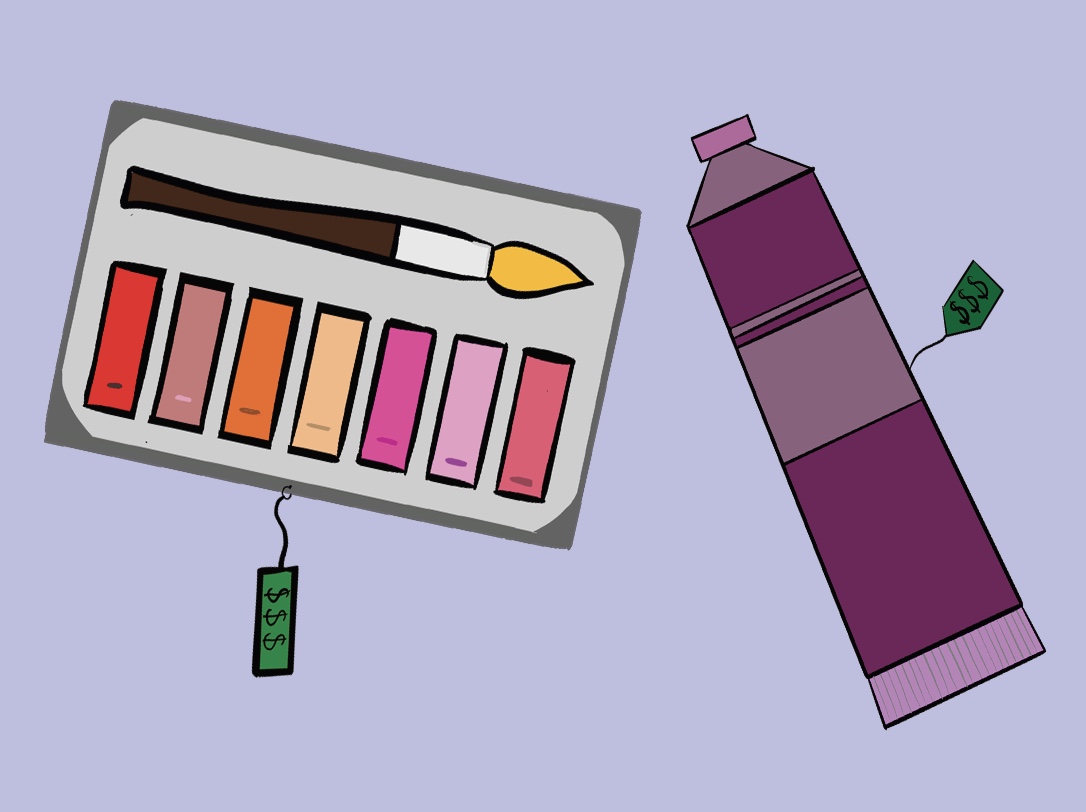

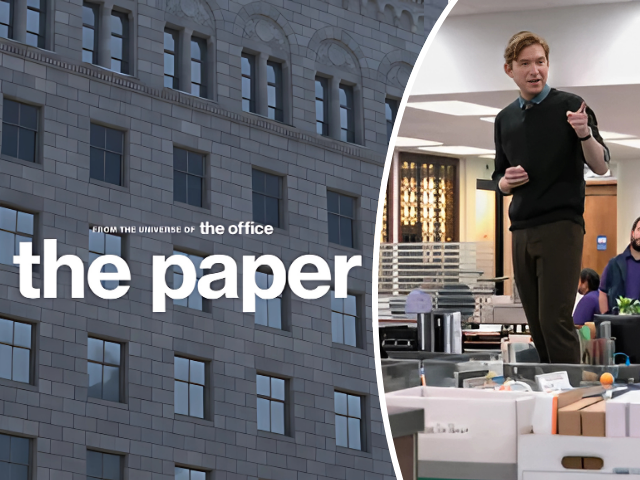

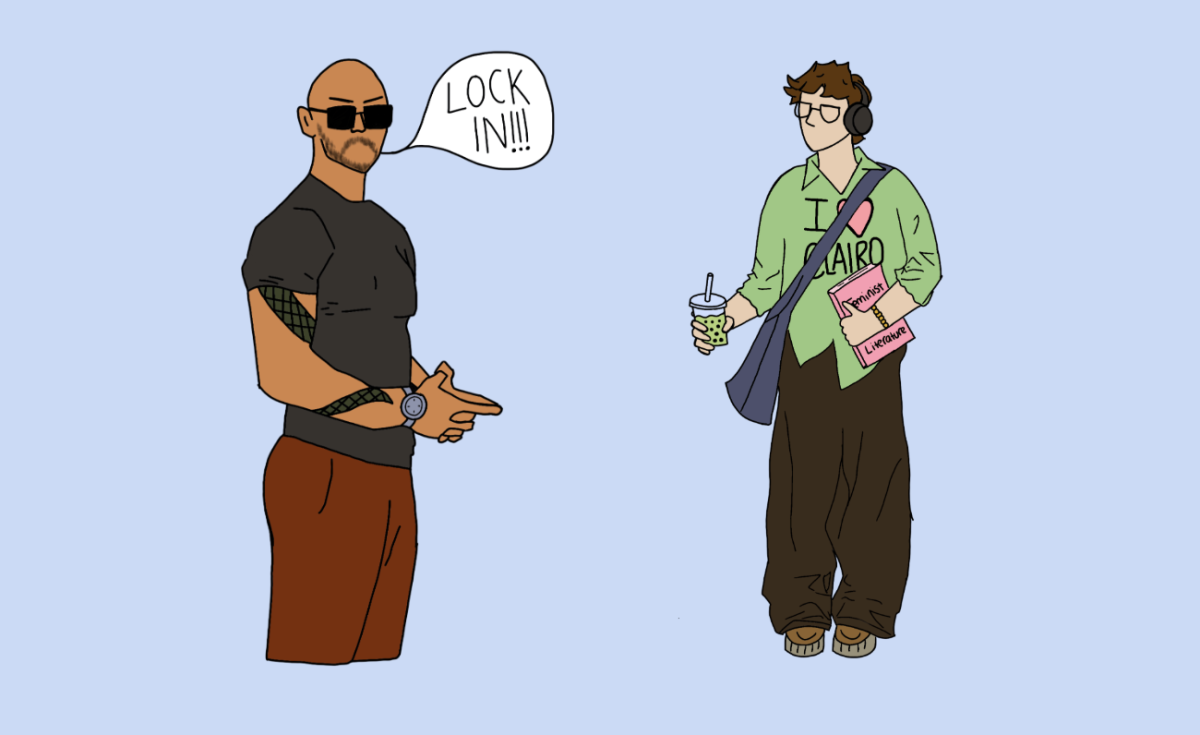
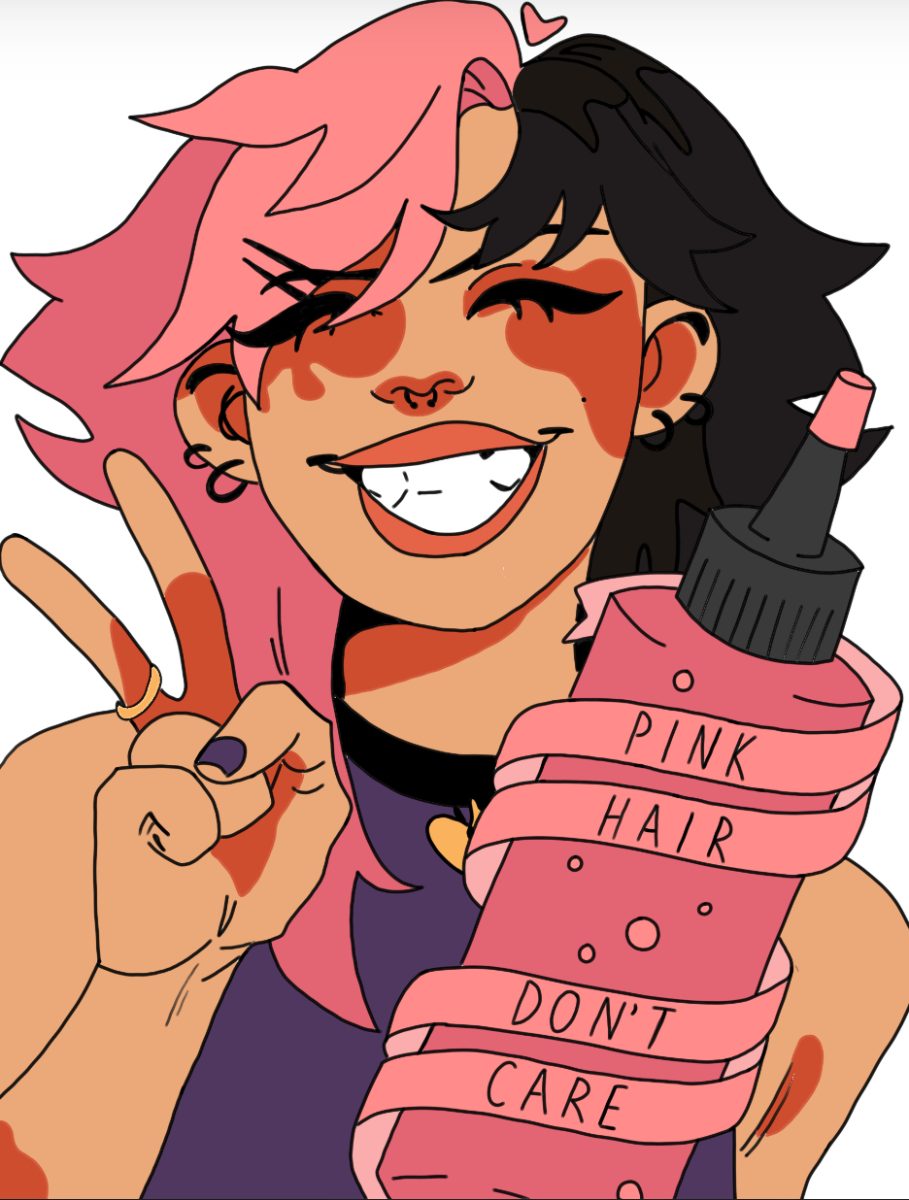
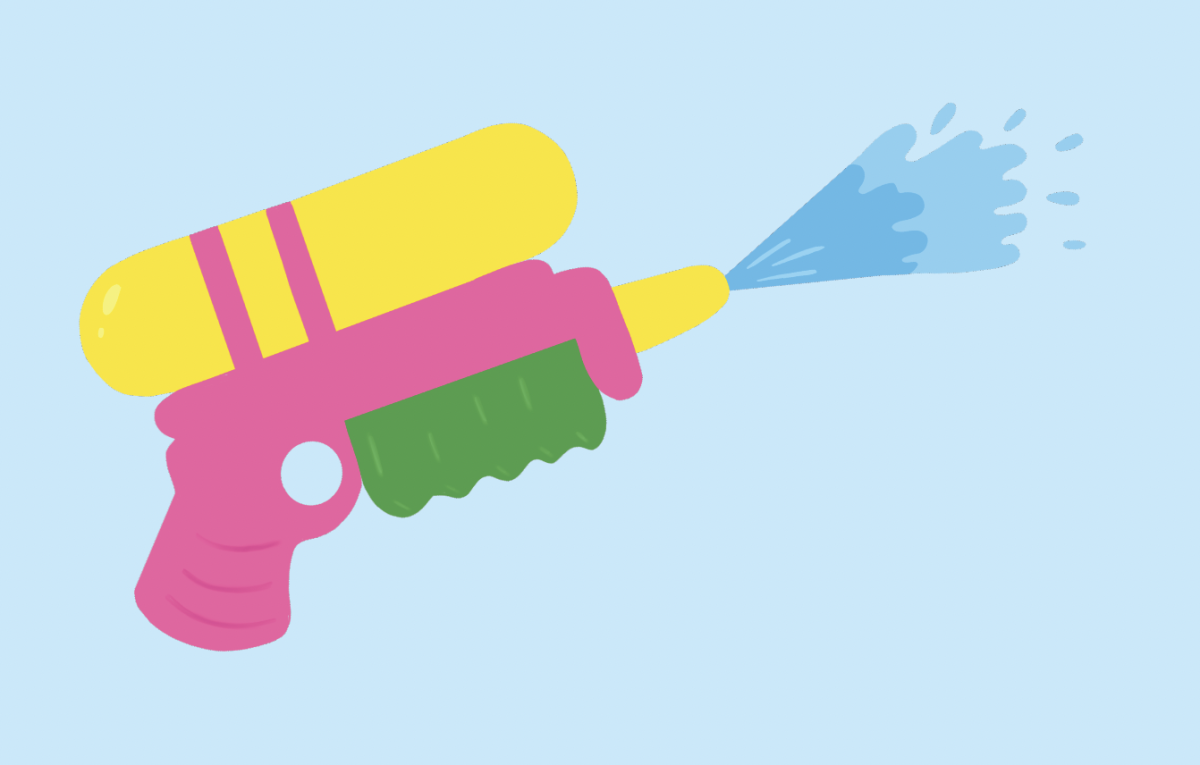
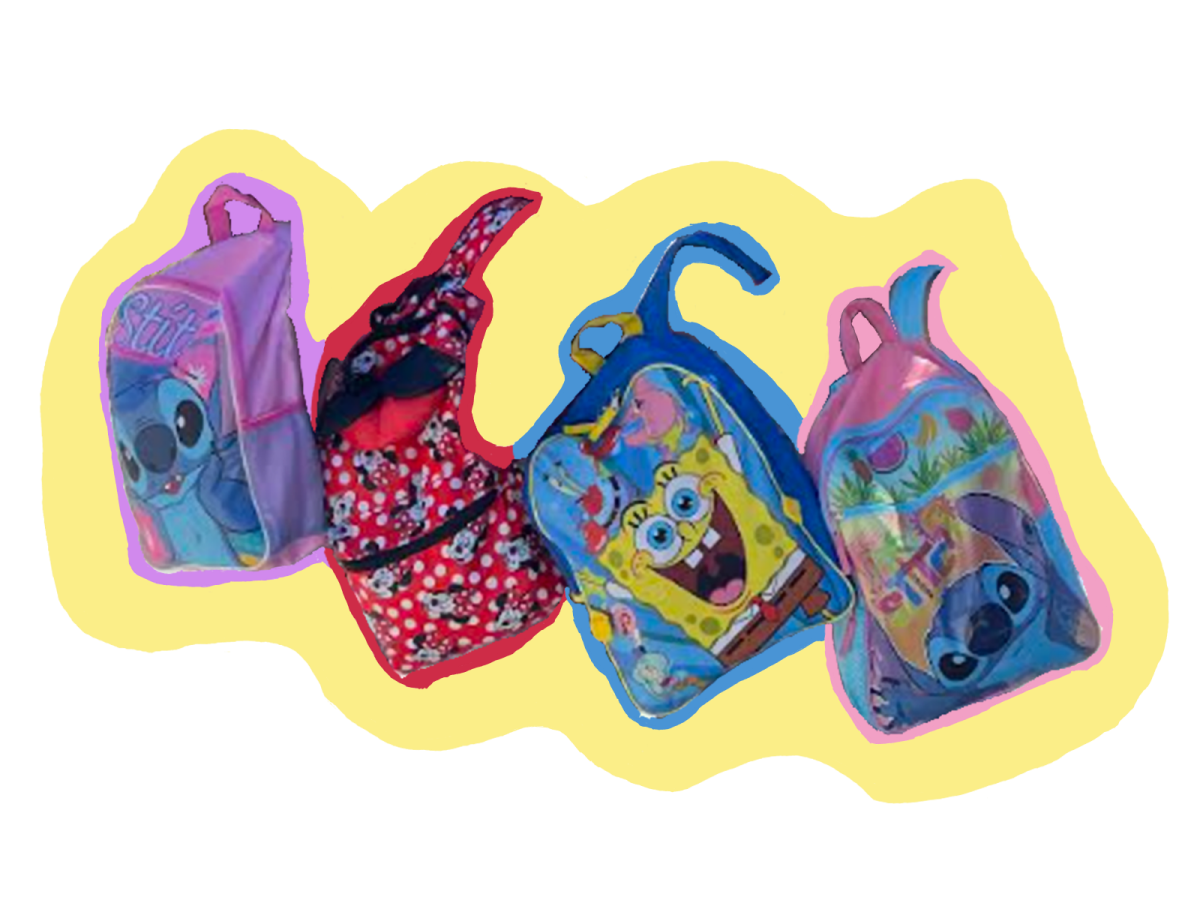
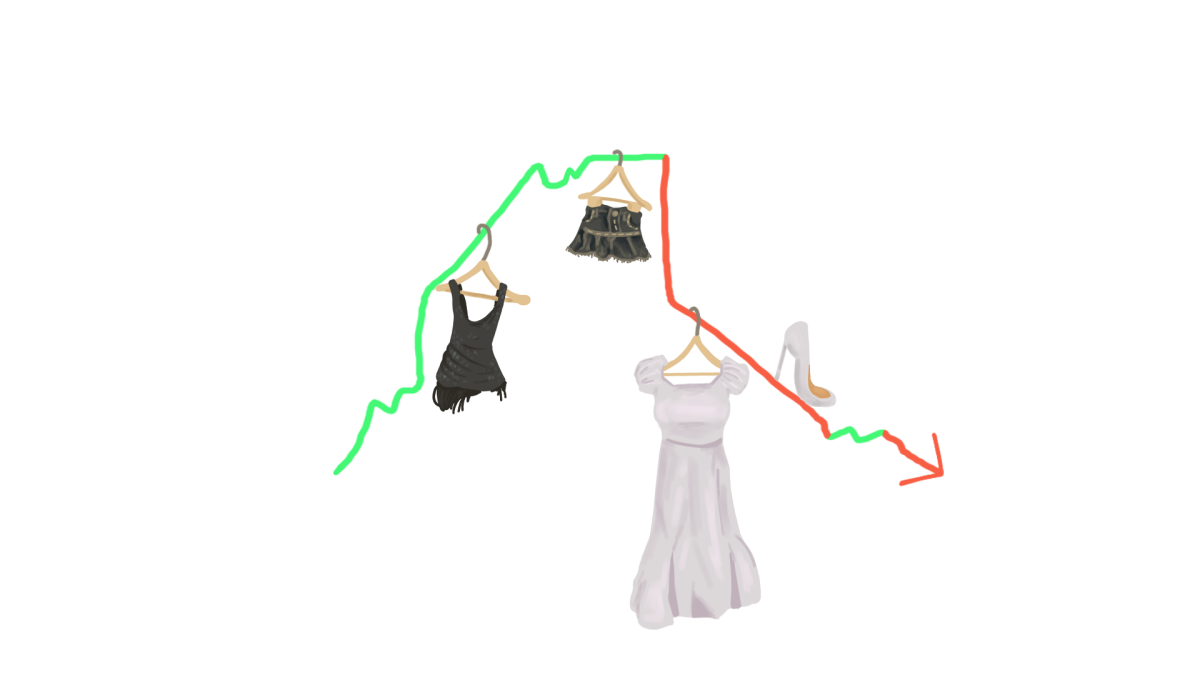
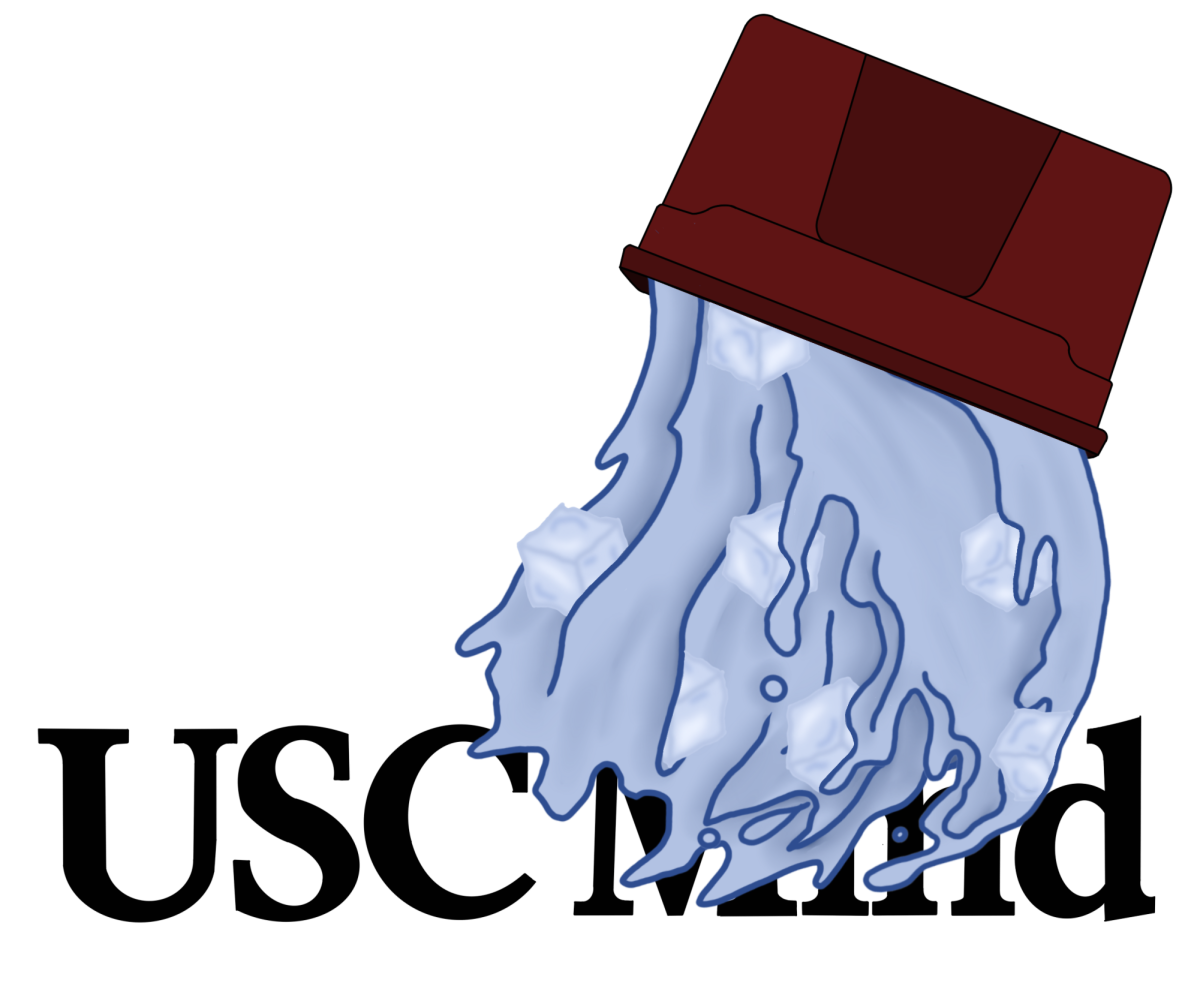



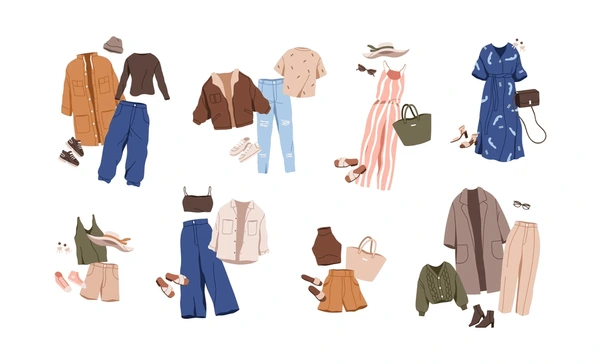





Kayleigh meyers ~ Feb 3, 2025 at 9:43 am
amazing website I totally agree aswell